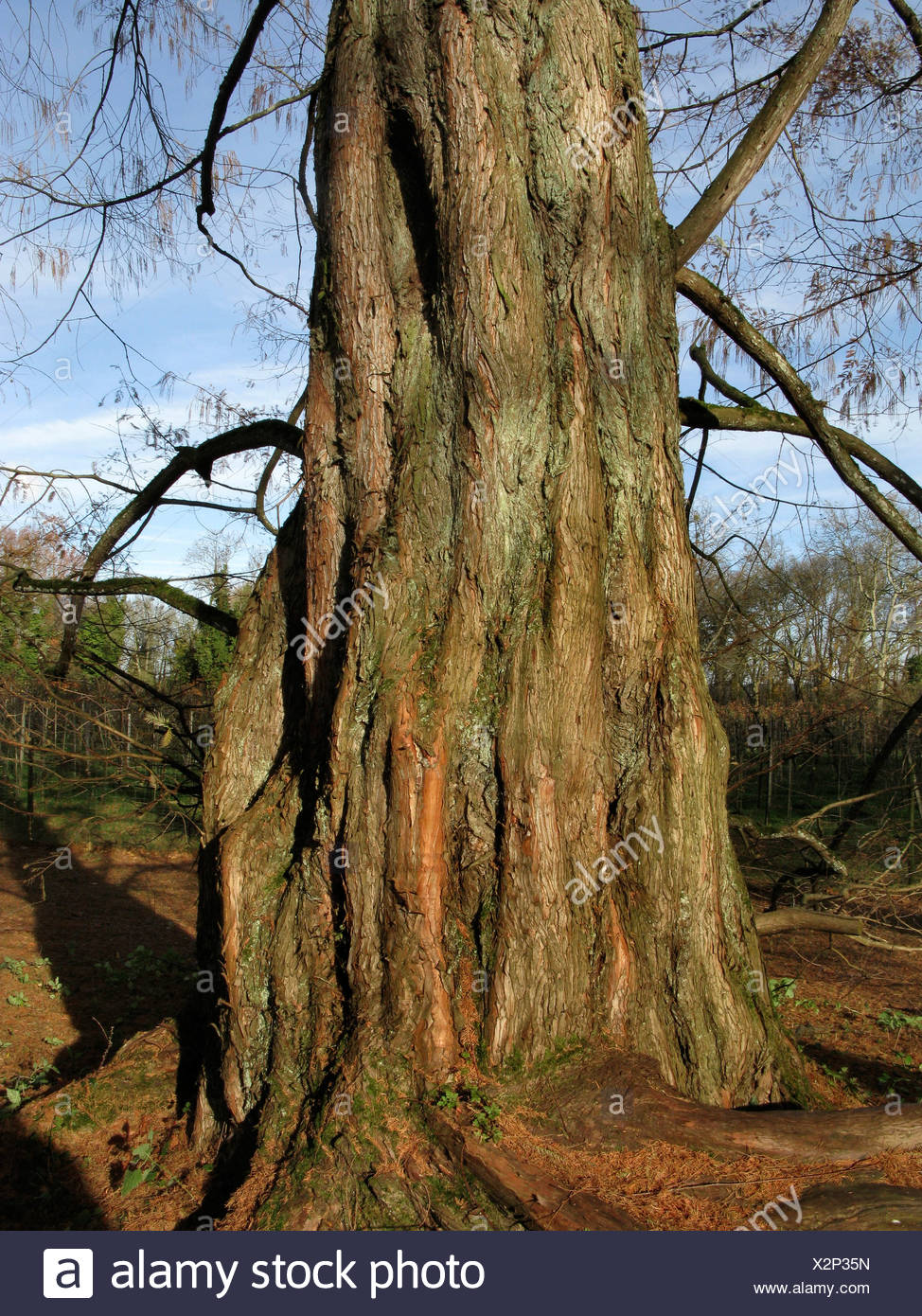



Climate variables, elevations, and human disturbance explained little variations in tree canopy sizes, DBHs or heights, though human disturbance was the most important factor of the tree for DBHs. glyptostroboides trees were larger, in terms of DBHs and heights, when growing within 30 m of a house, road or farmland versus more than 30 m from one or more of these features however, canopy sizes showed the opposite trend for trees growing near roads and farmlands. As elevations increased, tree heights and canopy sizes decreased significantly, but no relationship was found with DBHs. Here, we found that climate variables were not, or only very weakly, related to three measures of tree sizes: canopy sizes, DBHs (diameter at breast heights) and heights. climate variables) explain variation in the sizes of M. The climate in the native range is poorly characterized, and little is known regarding what potential factors (e.g. Metasequoia glyptostroboides Hu et Cheng, a living fossil, occurs naturally only in a small region in Central China, with most individuals now growing near human settlements. Under global change scenarios, climate change and habitat loss or alteration as a result of human activities are regarded as two important factors affecting species’ distributions and in situ conservation.


 0 kommentar(er)
0 kommentar(er)
